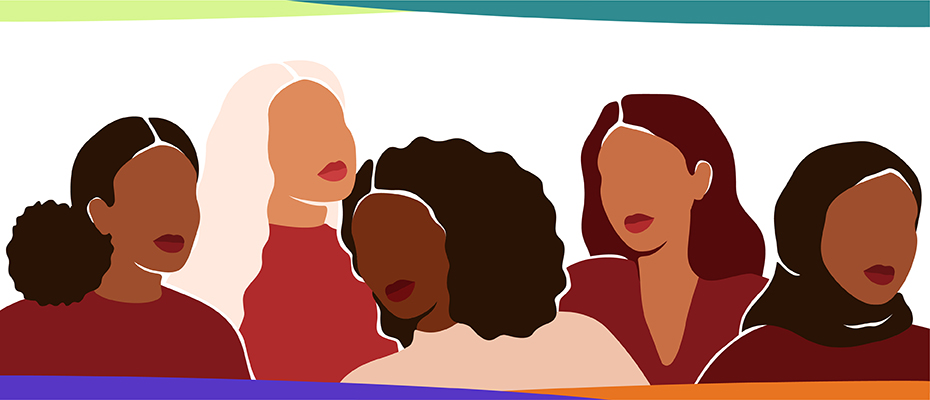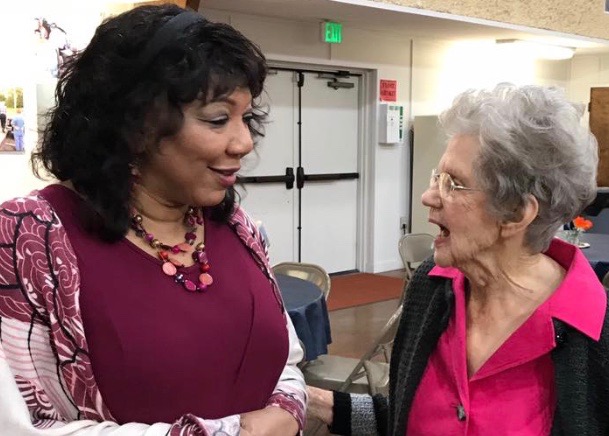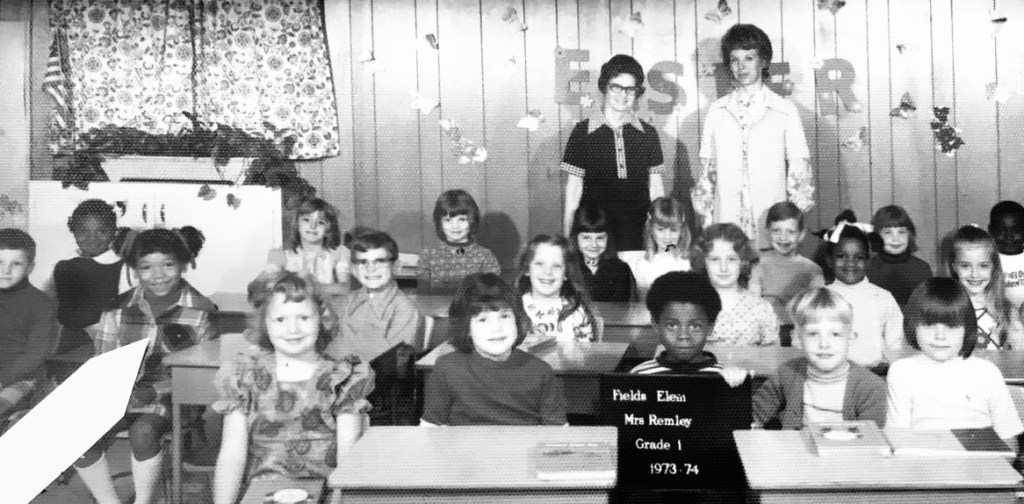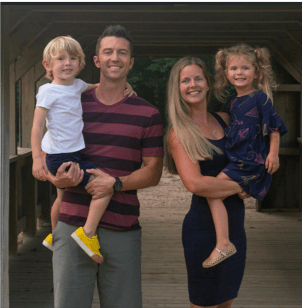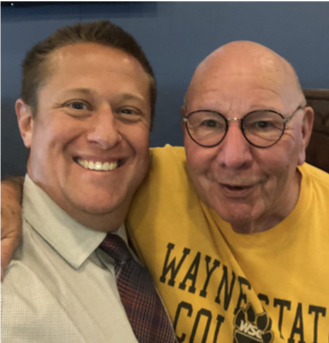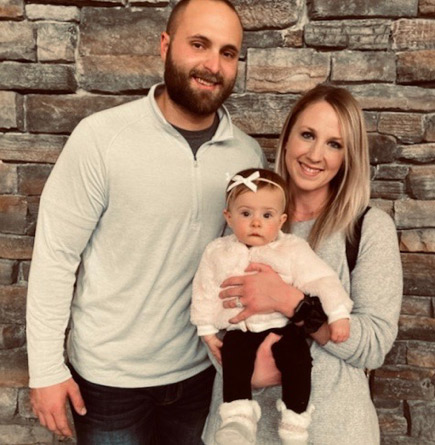Meet the Harmony Third Edition Clubhouse Friends
Oct 13, 2021
We’re thrilled to introduce you to some of Third Edition’s exciting enhancements, starting with Harmony Storybook Clubhouse Friends. In our new stories, the Clubhouse Friends will explore cooperation, listening to others, and so much more, with backgrounds that make their stories relatable to students and enrich the learning experience.
We pride ourselves in providing CASEL-aligned curriculum that continues to evolve based on the latest research and findings in SEL education. Harmony Third Edition is no exception. The new enhancements will:
- Build upon our trusted social and emotional learning (SEL) curriculum.
- Give teachers easy ways to bring SEL to life for students through stories, activities, and everyday practices.
- Equip educators to foster communication, connection, and community in and outside the classroom.
As we approach the launch of Harmony Third Edition, we will share more exciting highlights. You’ll also see that a lot of what makes Harmony unique remains the same, particularly our commitment to fostering healthy relationships and inclusive learning environments.
Check back with this page for each new sneak peek of upcoming enhancements. And rest assured, the current edition of Harmony will remain available in the Online Learning Portal to help make your transition to Harmony Third Edition as easy as possible. Not a Harmony user yet? Register at no cost today!
Coming This Fall: Harmony SEL Third Edition
Get ready for new games, storybooks, and unit structures.
June 2, 2021
Implementing Harmony SEL into your learning environment will be easier than ever before when Harmony SEL Third Edition launches! In March, we announced that we were updating Harmony with additional games and storybooks and an all-new unit structure, but that’s not all we have in store for you.
Based on the latest research in SEL, our new unit structure centers on building harmonious relationships and creating inclusive environments where all students feel valued and heard and develop a sense of agency within their educational experience.
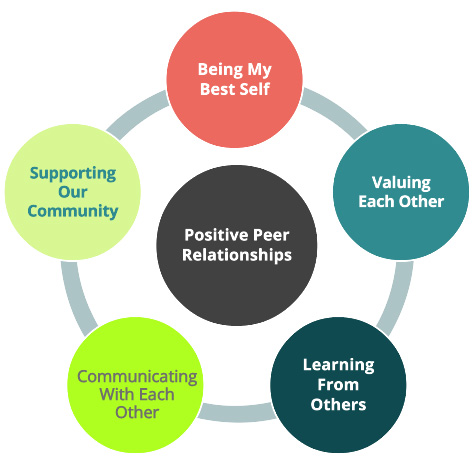
The new unit structure will include a curriculum map to aid in implementation and a revised lesson structure for increased accessibility to our content. With Harmony SEL Third Edition, you’ll be able to complete lessons in just 15-20 minutes!
To create a truly comprehensive SEL program, Harmony Third Edition will offer grade-level specific content for all grades, as well as offer point of use access to Inspire Teaching & Learning modules to support adult SEL. We will also be expanding our out-of-school-time offerings, customized for OST program providers.
In an effort to support the evolving needs of today’s learners, educators, and families, Harmony SEL Third Edition’s curriculum will focus on enhancing cultural competence, equity, and student voices. This focus aligns with the latest updates by the Collaborative for Academic, Social, and Emotional Learning (CASEL) regarding systemic SEL and SEL in the service of equity and excellence.
As the needs of learners and educators evolve, Harmony evolves with them. These upcoming changes will be available beginning in the fall, ensuring you have the tools you need to implement Harmony SEL Third Edition.
We will continue to support long-term needs and safe, inclusive learning environments. Harmony’s program will continue to empower the voices of students and teachers, equip educators and caregivers with culturally responsive practices, and support social and emotional development and academic success. Thank you for choosing Harmony for the students in your life!
Register in the Harmony Online Learning Portal for access to our full curriculum, and follow us on social media for more updates!

